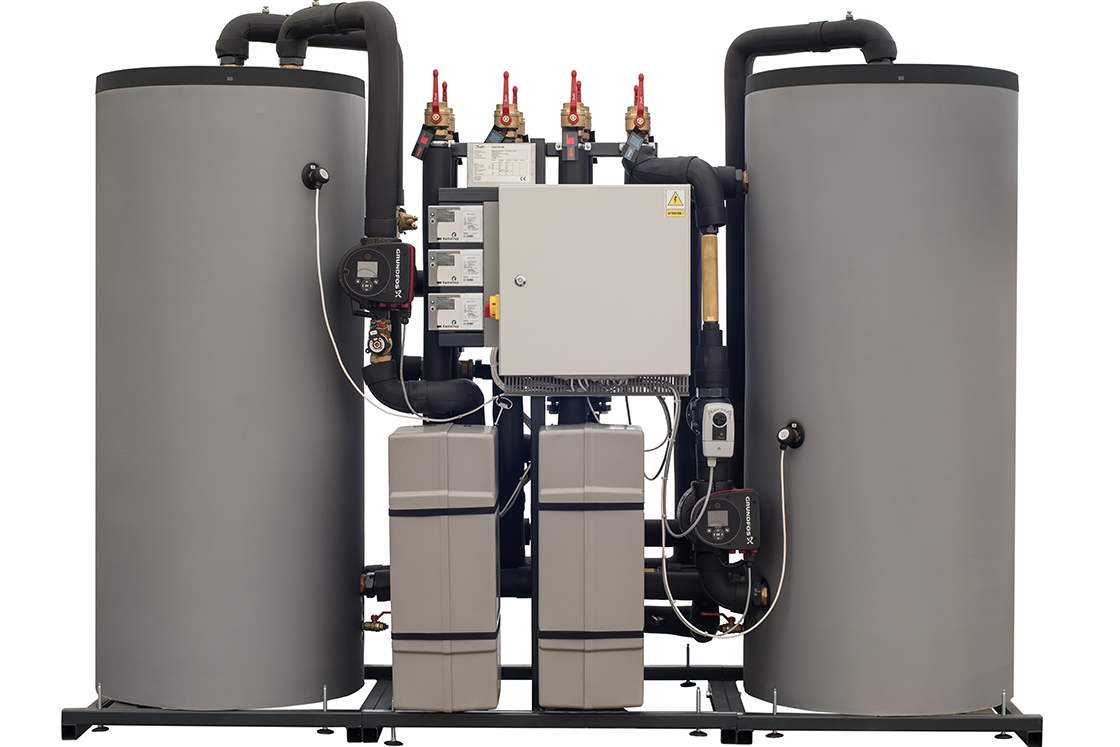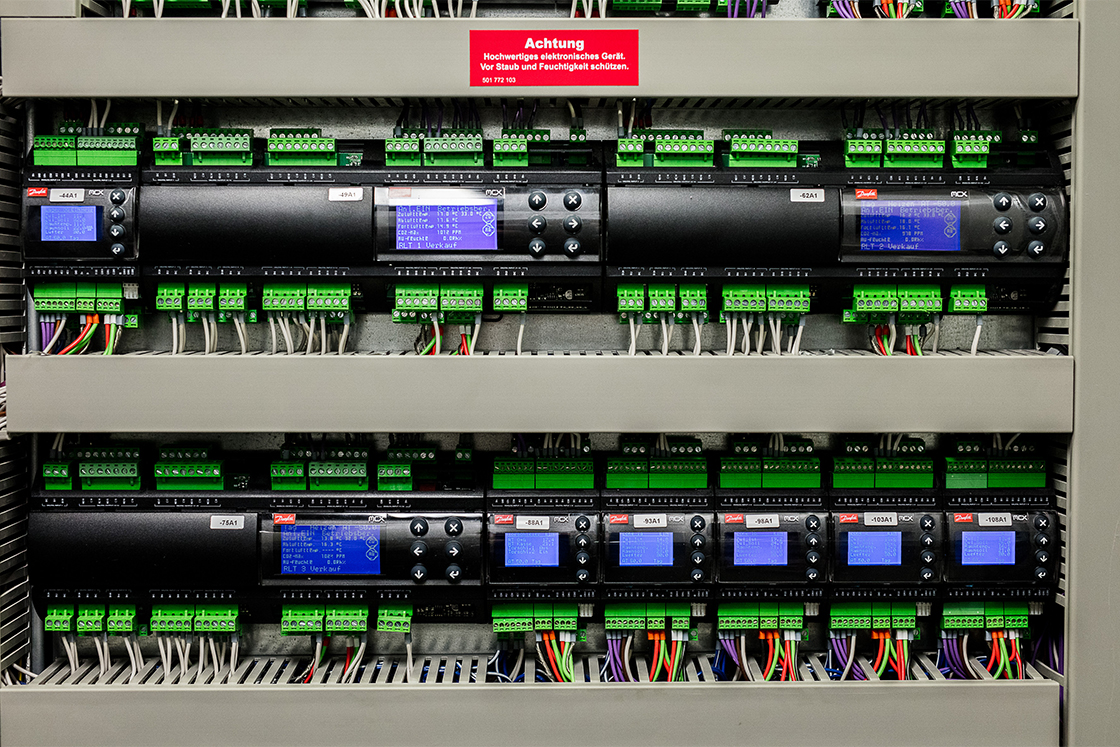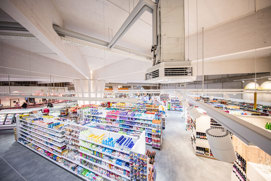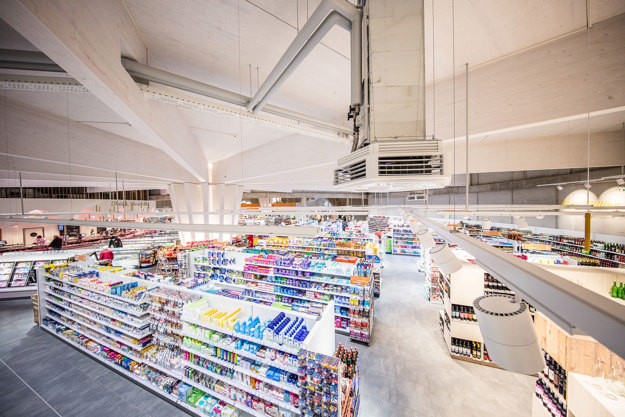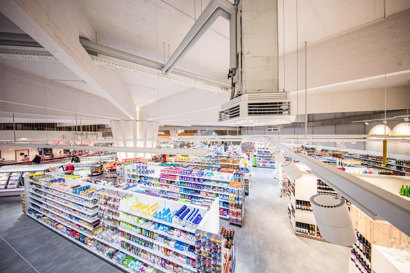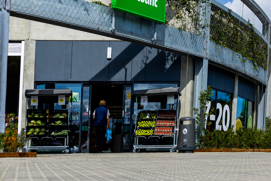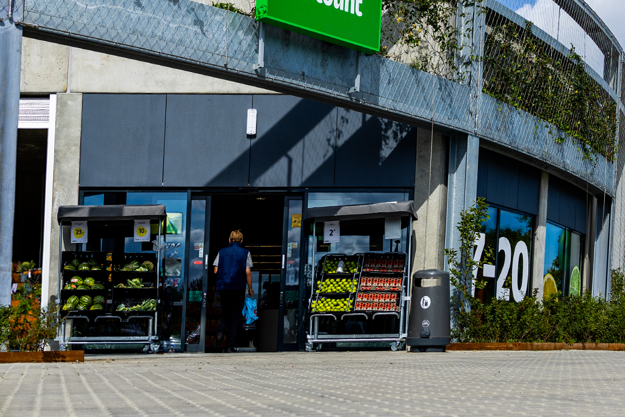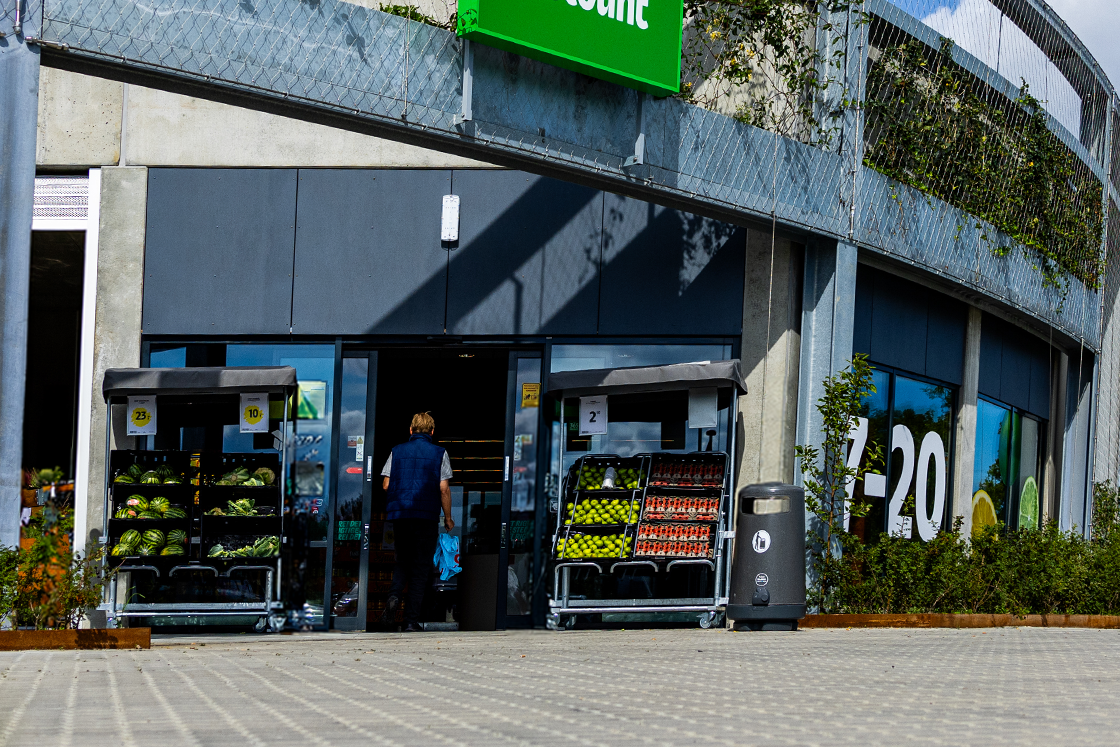When you stop and think about it, it’s a little strange that supermarkets usually pay to heat their premises and water while their refrigeration system works overtime to move heat energy outside.
Once, this might have seemed sensible: having discrete, isolated systems can give retailers’ technical teams a sense of control. There’s also less risk that a major fault might incapacitate the whole system.
Conventional HFC refrigerants also lacked the discharge temperature necessary to drive a heating system without several additional components. This added to installation costs and complexity and made payback relatively slow.
Now, it’s time to look again. Energy costs are rising, and margins are low. Retailers are fighting to reduce their carbon footprint—and to find energy savings wherever possible.
In that context, and with the growing popularity of CO2 as a refrigerant, integrating HVAC and refrigeration systems has become a serious option supermarkets can no longer ignore.
-
if (isSmallPicture) {


 Condition monitoring of HVAC/R systems
Condition monitoring of HVAC/R systemsIn air flow and indoor air quality-related applications, condition monitoring functionality improves system uptime and competitiveness by preventing issues before they occur.
-
if (isSmallPicture) {


 HVAC integration in supermarkets
HVAC integration in supermarketsAlign your heating, ventilation, air conditioning, and refrigeration systems, to save money, safeguard stock, and reduce your environmental impact. Integrated solutions unlock the full potential of each application and increases the efficiency of the entire system.
-
if (isSmallPicture) {


 Smart Store
Smart StoreThe Smart Store solution enhances food safety and brings down the energy bill by integrated and smart control of refrigeration, HVAC, lighting and other applications.

